Get Rid Of Chipmunks
Get Rid Of Chipmunks
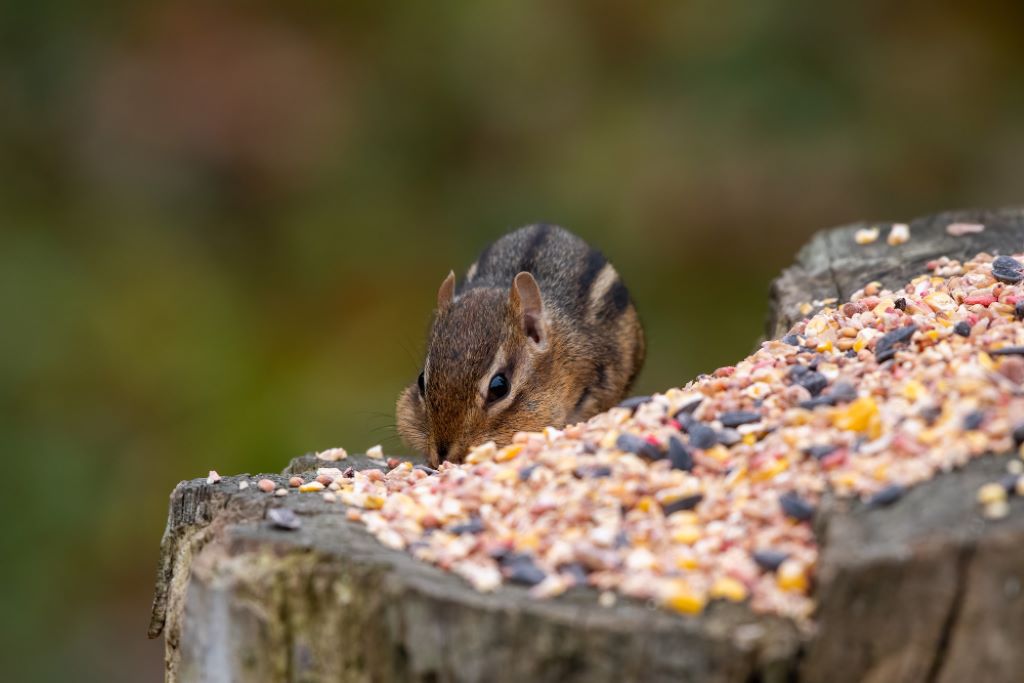
How To: Get Rid Of Chipmunks
This humane method will help you keep rodents away from your foundation and garden.
Photo: istockphoto.com Surely one of the cuter rodents you’ll ever counter, chipmunks are also among the most destructive. They are small, thin, stripy natives from Asia and North America that can eat all types of insects. You may be even more worried about their ability to run fast enough to avoid human contact, but their underground burrows might cause serious damage and destabilization of the foundation.
You have the ability to discourage them and, when necessary, remove them humanely from your property. You can start with natural methods to deter them and then move on to more humane, but still effective measures to get rid of them. Below, you’ll find five key strategies for how to
How To: Get Rid Of Chipmunks
“>get rid of chipmunks running around in your yard.
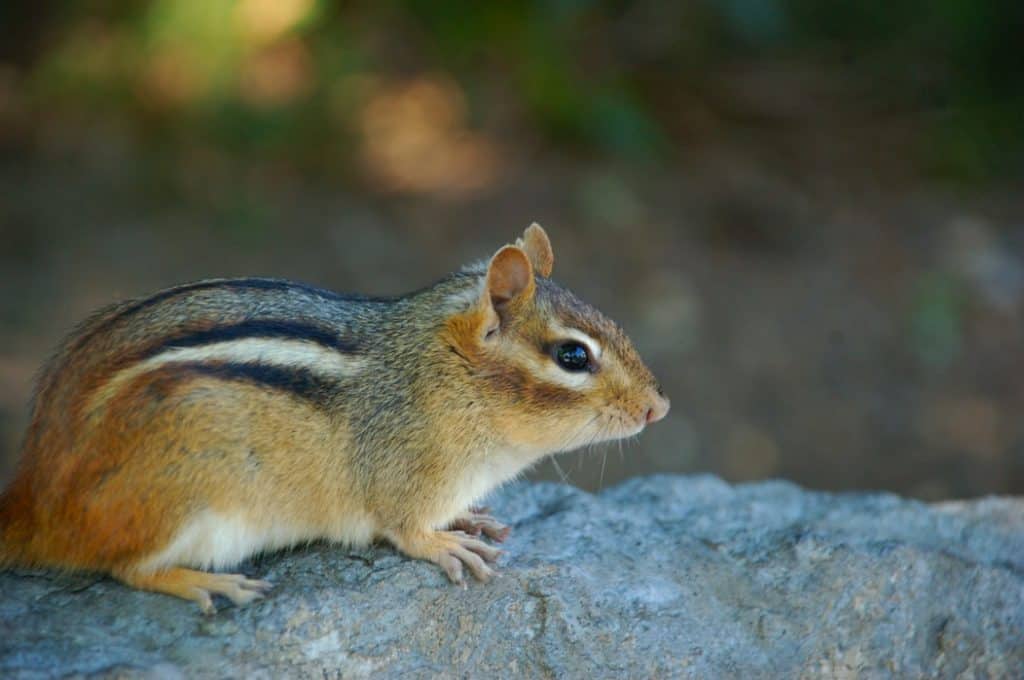
Use A Combination Of Chipmunk Repellents.
Natural repellents The human smell frightens chipmunks and other pests away yet is perfectly harmless in fact, the nitrogen in human hair breaks down slowly and may offer your plants a natural fertilizer boost, according to a study at Mississippi State University that was published in the journal HortTechnology.
Electronic repellents. This electronic repellent system employs ultrasonic pulses (or sprays of water) to eliminate chipmunks. High-quality, nontoxic, top-rated electronic pest-repellents are available for as low as $20 or $30. They can cover approximately 900-1200 sq. feet and require a reliable, constant power source. This is typically an AC 110 volt socket, or AA Batteries (see example on Amazon). Keep in mind, however, that sound waves and water sprays won’t dislodge chipmunk nests and burrows underground.
Use liquid repellents. You can either buy a commercial non-toxic product such as Rodent Defense Spray on Amazon or you could make your own. One quart water boil with 2 tablespoons cayenne, and then cool it down with 2 tablespoons olive oil. Store in a labeled spray bottle and shake well before spraying directly on infested areas. Reapplication and patience are essential, as it may take a bit of time (and favorable weather conditions) for chipmunks to come into direct contact with the distasteful stuff. Tip for fall gardening: Before planting, dip the bulbs in a liquid repellent.
Dry repellents – Dry repellents will last for longer than liquid sprays. Use granular repellents to block access in areas that are difficult. Shake Away Amazon (which doesn’t kill any chipmunks) can be used. It is safe to use in areas such as attics, flowerbeds and garden paths. Simply sprinkle some cayenne pepper onto the problem areas.
A Dozen 10-Minute DIYs for a Pest-Free Home
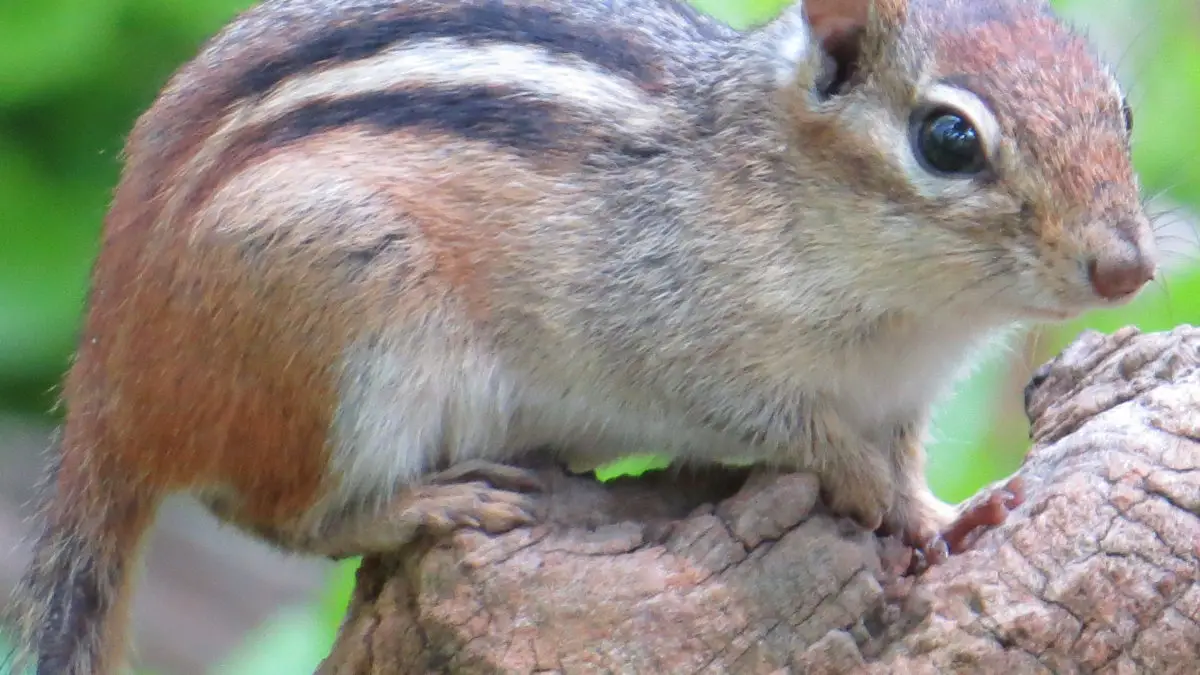
Try Trapping.
Photo: istockphoto.com Chipmunk traps allow you to capture them and then relocate them away from your house. You can choose from one or two-door traps measuring 10-20 inches for chipmunks. One-door traps are easier to set and more commonly used by professionals. You should place traps where you know are prime territory for chipmunks, such as your attic or garden shed. Also, avoid areas near walls and fences. You can use peanuts, sunflower seeds and peanut butter as bait. To release rodents quickly, make sure to follow all instructions.
Important: Trapping and moving wild animals is governed by different local laws. Make sure to check the wildlife ordinances of your area before trapping any chipmunks on your property.

8 Easy, No-Kill Ways To Rid Your Yard Of Chipmunks
They’re adorable, sure. But not when they tear up your garden.
corinne lamontagne Getty Images Sure, they’re super cute and it’s fun to see them scampering through someone else’s yard, but chipmunks can wreak havoc on gardens and yards. This tiny rodent-like creature loves spring flowering bulbs like crocus or tulip bulbs. And they’re a danger to yards. Chipmunks love to dig in under walkways and porches. They are a nuisance and can create an eye-sore as well as a danger for pets.
We’ve compiled a list of humane methods to exterminate chipmunks. The following tips should help send any unwanted rodents on their way, whether you’re just playing host to one Alvin, or have a huge extended chipmunk family you want to move out.
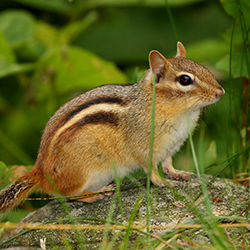
What Is A Chipmunk?
The chipmunks that we most associate with are similar to the squirrel. Their brown color is complemented by black stripes.
National Geographic reports that there are 25 species of chipmunks, 24 of them living in North America. They include the Eastern, Western, Hopi, Gray-collared, Eastern, and Western chipmunks.
Ground-dwelling woodland animals, chipmunks are able to thrive in all climates from the desert to the mountains. Their homes can be underground burrows or nests in logs and bushes. The chipmunk’s favorite foods include nuts, berries and fruits as well grains, seeds and insects.
Chipmunks’ habit of digging and eating are what cause problems.
You might be able to find an attractive spot for a burrower under your patio, sidewalk, foundation. You can even grow vegetables and fruit out back! While they are tasty, chipmunks can inflict damage on plants by eating a small amount.
If you are concerned about chipmunks damaging your property, here’s how to get rid of them:
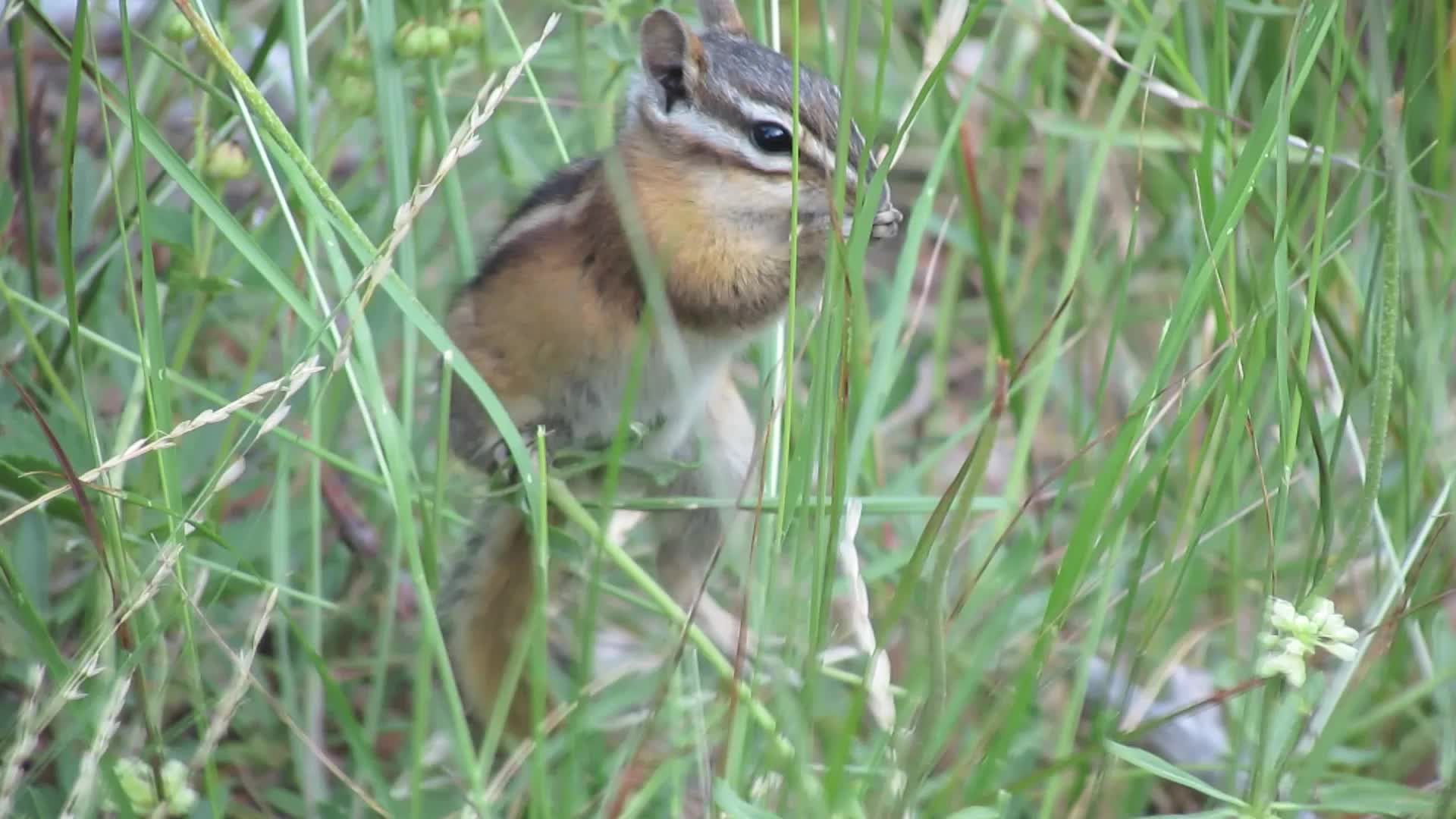
How to get rid of chipmunks
First, the best thing to do is not let chipmunks invade your lawn and cause harm to your landscaping.
These rodents are introverted by their natural environment and prefer to live alone until spring or summer mating season. According to the PennState Extension , populations of chipmunks range from two to 10 per acre, so infestations aren’t anything much to worry about.
Additionally, small mammals are slow to reproduce. The female chipmunks will mate two times a year. After a long, one-month-long pregnancy, they give birth to anywhere from two to eight babies. When chipmunks become adults, they live two- to three years.

How to Find Chipmunks, Chipmunk Holes and Chipmunks
You will discover that there are many options for you to eliminate chipmunks once you’ve gotten the answer to your question. Once you know what chipmunks look like, the next step is to know when to look for them. The most active times of the day for chipmunks is mid-morning or mid-afternoon. You should start your hunt for the rodents at a time when they are likely to be active.
Finding burrows within your garden can improve your chance of finding a chipmunk. Chipmunks will protect their burrows by vocalizing to alert you if they are being too close. They are usually found close to walkways and burrows can be seen in small holes in ground.
There is no way to be sure that you won’t have chipmunk problems in your house. These rodents tend to stay outside but do occasionally find their way indoors.
According to the Humane Society, a chipmunk who is living in your house does not wish to stay there. They simply need a way out.
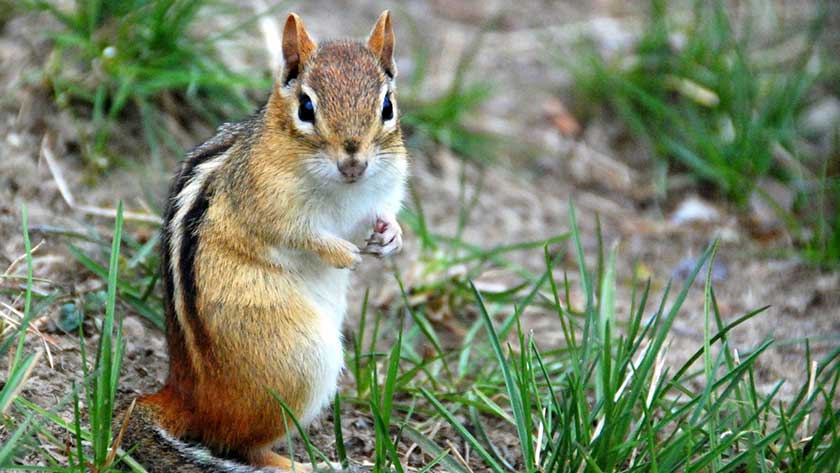
1 Get rid of Food and Shelter
A place that offers shelter and food is attractive to chipmunks. Keep your yard tidy and eliminate all attractants.
Clean up fallen berries, nuts, fruits, birdseed, etc.
Remove any shelter-making piles, including rocks or wood.
Continuous planting should be avoided near a home as this can provide ground cover. To block access to your home, use caulking or mesh in the foundation openings.
You should place bird feeders no more than 15 feet away from your home so any birdseed that is left behind does not attract chipmunks to your house.
TIP: Don’t use a birdseed type that chipmunks don’t like, such as thistle.
Before you decide on the best method to eliminate chipmunks from your home, it is important that you identify all areas of damage and where they are most likely to travel.

Select the Best Control Method
Once you’ve targeted your problem areas, you will be able to choose the control method that’s right for you. Mixing several control options will significantly increase your chances to successfully get rid of chipmunks.
You should wear gloves when placing your trap in an area susceptible to injury.
Bait the trap by placing peanuts (or another chipmunk bait ) towards the back of the trap – behind the trigger plate.
Your trap should be set and checked regularly. Do not keep any animals, including chipmunks, in the cage for a prolonged period.
More trapping techniques can be found at How to Trap chipmunks. Pepper-based repellents work best and are proven to keep chipmunks off objects and surfaces and away from homes.
Safer(r) Brand Critter Ridder(r) Granular Animal Repellent to create a barrier around your mulch beds, gardens, and structures.
Safer(r) Brand Critter Ridder(r) Animal Repellent Ready to Use Sp ray onto surfaces like bird feeders, bulbs, and ornamentals for more targeted protection.

Chipmunks Can Be Removed (Complete Removal Manual)
Do you want to rid your backyard and home of chipmunks?
Chipmunks, while cute, can inflict serious harm to your home, car, property, yard and vehicle. Chipmunks have a nasty reputation for chewing through wires inside your vehicle, digging up plants outdoors, and damaging exterior wood.
Sciuridae are a part of the Sciuridae famiy, commonly known as squirrel family. Because they live, travel and feed on ground, as well as in underground burrows, these animals are much smaller than squirrels.
Chipmunks can eat seeds, nuts, fruit and eggs as well as small birds. They cause much damage while digging for food. Additionally, chipmunks may also be able to dig through patios, decks, retaining wall, or house foundations. Though chipmunks like to stay outside, they may enter houses to seek food.
You must be able to recognize and avoid chipmunk infestations in your area.
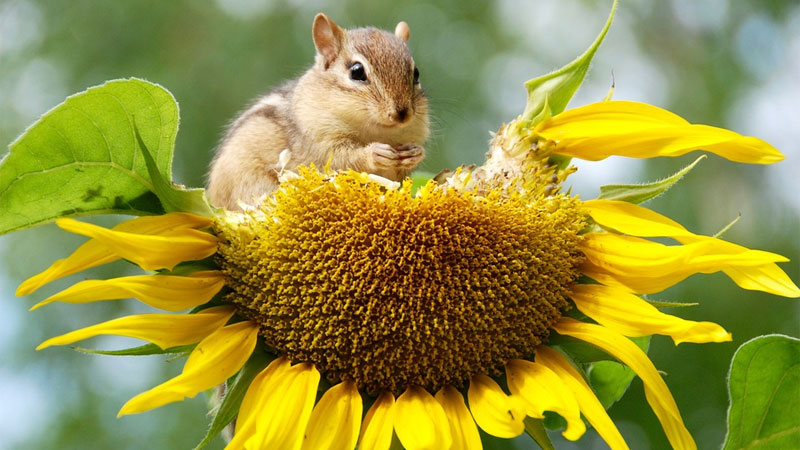
4 – Get Rid Of Old Wood And Rock Piles
If you want to keep chipmunks away from your property, it’s a smart idea to get rid of any old wood or rock piles. Chipmunks will use piles made of rocks and wood as hideouts.
If your yard doesn’t have convenient places for chipmunks to hide and hang out, then they aren’t going to like it there nearly as much. A chipmunk could move to a better area.
The chipmunks might also be using the spots for cover. However, they may find food nearby wood or rock piles. By cleaning out your yard, you’ll also be eliminating food sources for chipmunks.
Although this might seem like a tedious task if there are many people living on the property, it’s worth the time. If you wish to get rid of chipmunks, then you need to get rid of wood and rock piles in your yard first.

How to Get Rid of Chipmunks
Although it may be cute, a wild squirrel chipmunk almost always means trouble. Though there are many heartwarming stories where wild chipmunks do adopt humans, for most, they will love your garden as much or more than you.
Getting rid of chipmunks quickly is an important step in protecting your home from a number of potential problems.
In the Garden: The garden is a vulnerable area of your home. It’s not just susceptible to chipmunks but also to many other creatures. Because they’re similar in size, rat traps work well to capture these creatures. However squirrel traps also can work. The critter can be released back into nature (a few miles away from your home).
Another great way to get them out of the garden is with an owl box such as this one . Similar to a bird house in function, owl boxes attract these predators to your yard where they’ll protect it from a wide range of pests.
If you don’t want to attract birds, this is the best way of getting rid of them.
How To Get Rid Of Chipmunks?
They are one of most common rodents and can cause severe problems when they get into your garden.
These tiny squirrels are easy to confuse because of their small size, hair, affection for nuts and acorns, as well as having tails.
Yard owners will often discover evidence that their yard is occupied. These include burrows under the grass, holes in sheds or garages, and damaged bulb bulbs. Infestation by chipmunks can be seen in small, bite-like marks on wooden boards as well as in your car’s wires and furniture.
If in doubt, look out for these signs. They’re swift, and you will often hear them scurrying around but rarely catch a glimpse of them, even if you look carefully.
Let’s say you saw a squirrel-like animal that has white stripes all over its body and a shorter tail than the regular squirrel.
In that case, you might have a chipmunk problem. You might be in serious trouble if the chipmunks don’t leave soon enough.
We are going to share some helpful advice on getting rid of chipmunks.
.Get Rid Of Chipmunks